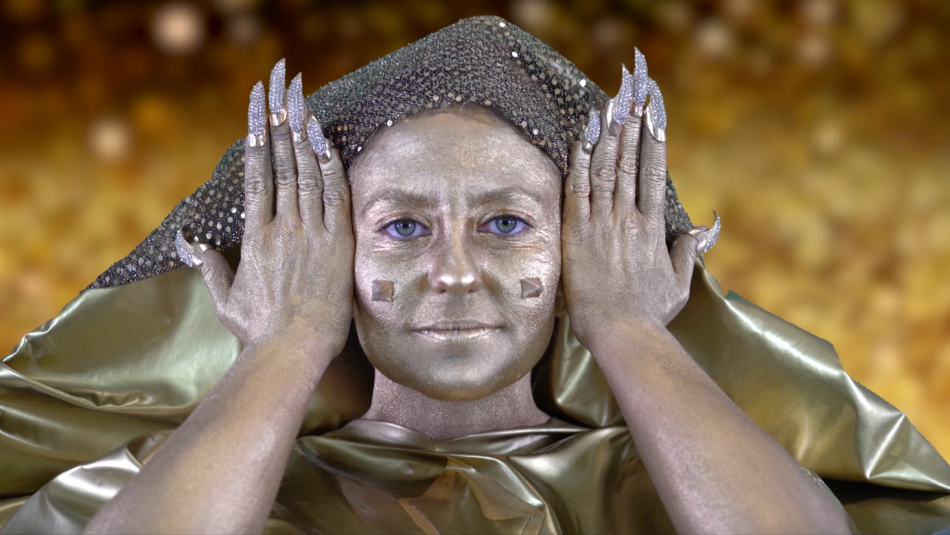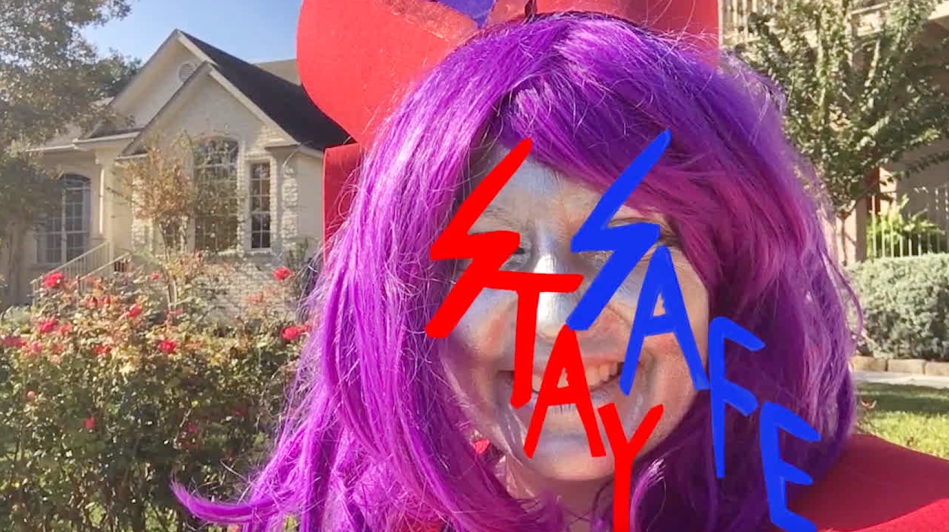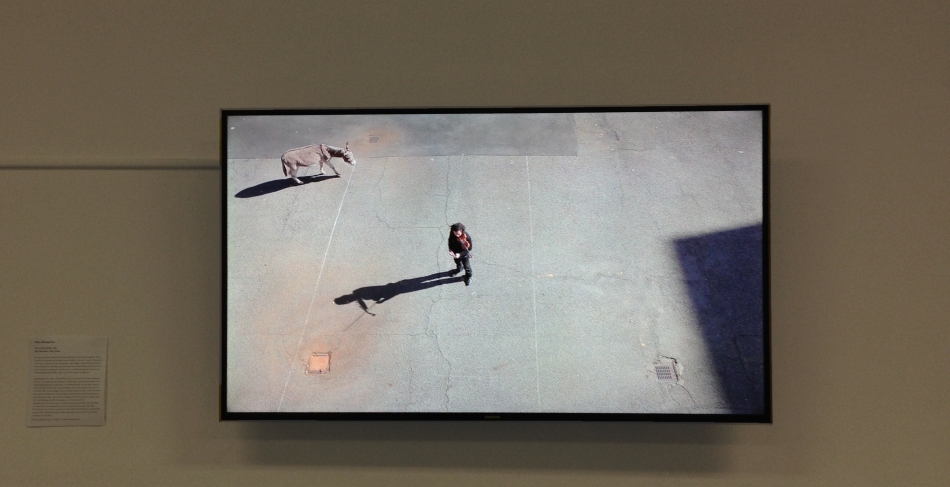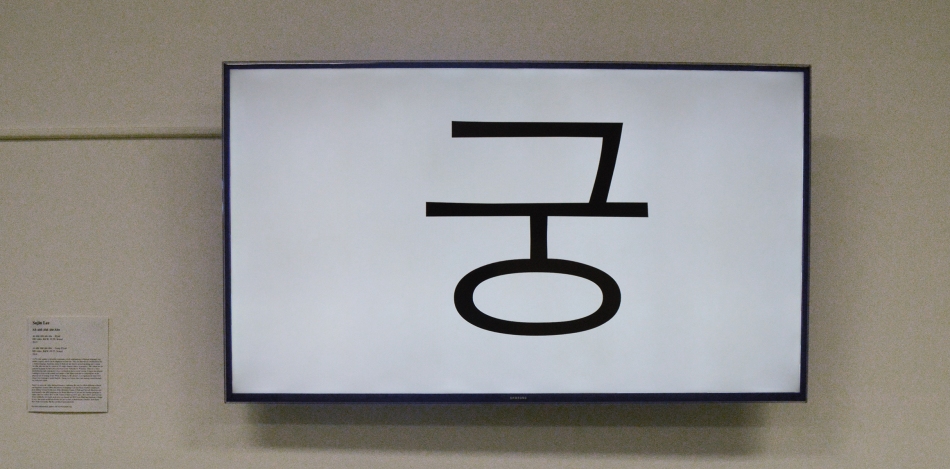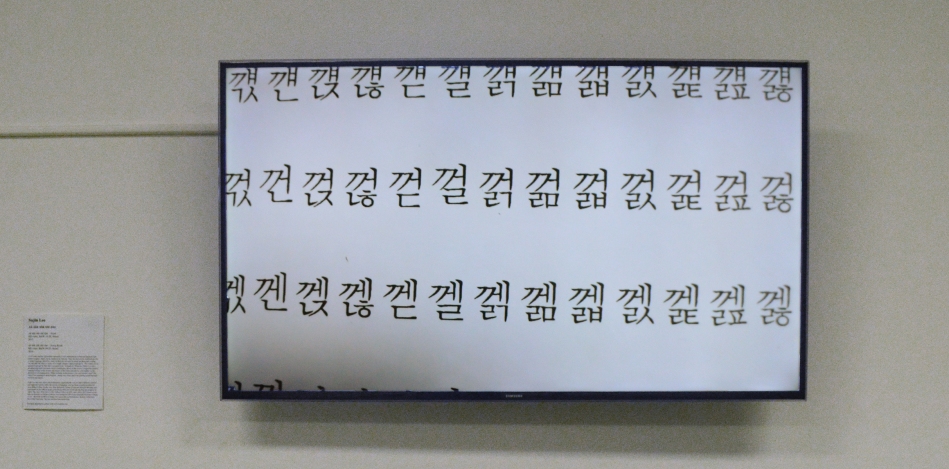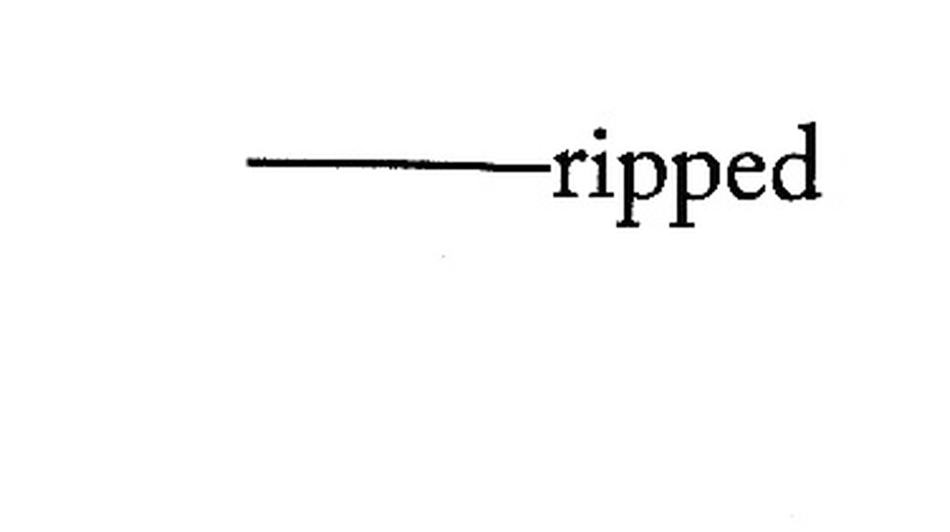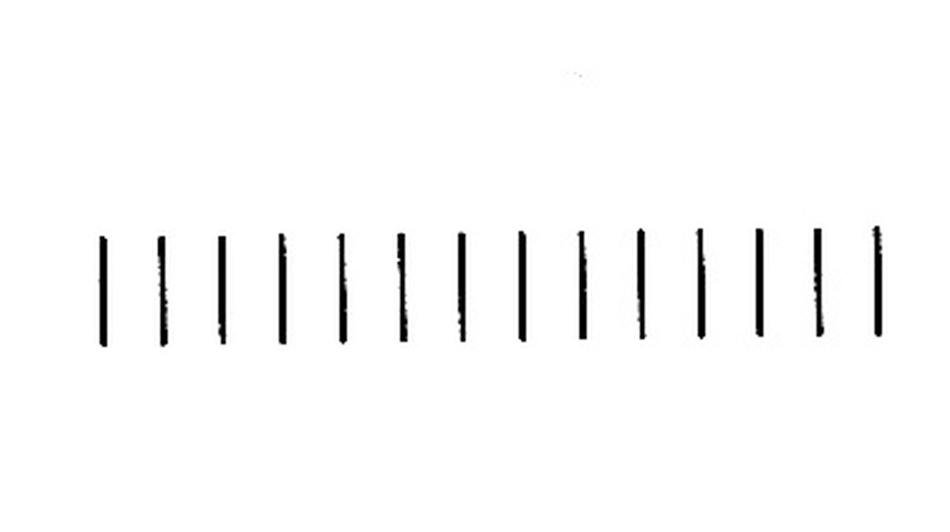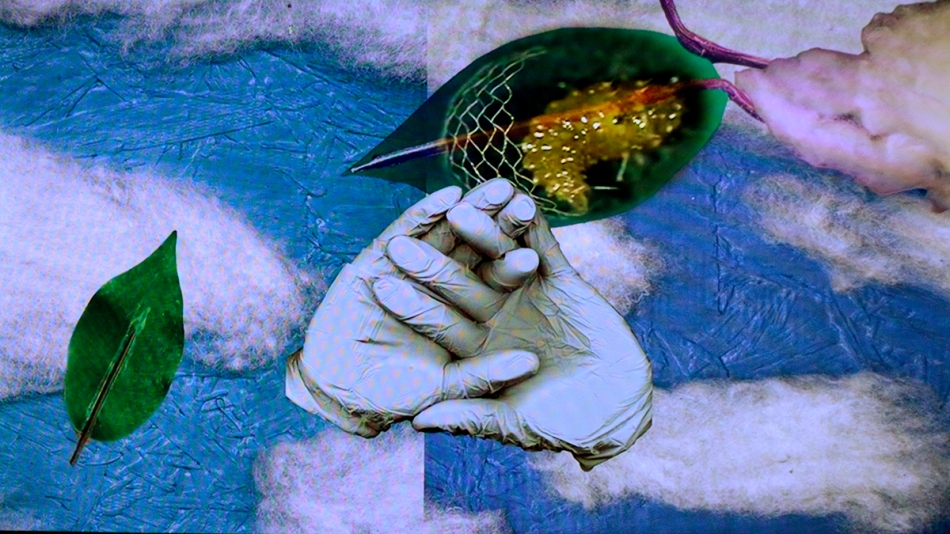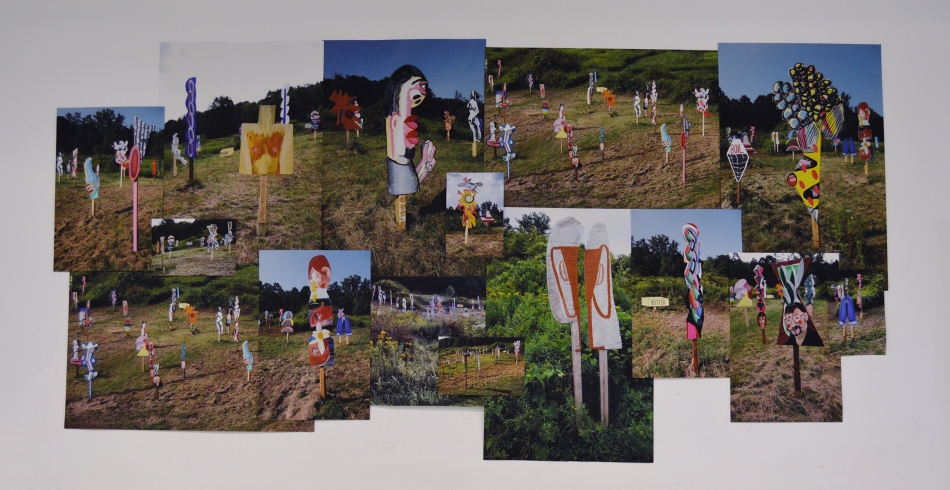
Manhattan Project(s) is pleased to present Walton Fields, a photo-collage installation at Manhattan College’s Riverdale, NY campus that documents the site-specific sculptural painting installation by Dumitru Gorzo and Molly Stevens in Walton, NY.
See the Installation live through August 2016 at 218 E. River Road, Walton, NY 13856
DUMITRU GORZO
b. 1975, Ieud.
Lives and works in Bucharest and New York.
Co-founder of the artist group and movement Rostopasca, the most influential artist group in Romania in recent decades, Gorzo has had solo shows in museums such as MNAC, Bucharest; NJ MoCA, New Jersey; Brukental Art Museum, Sibiu; as well as in art galleries and not-for-profit art institutions across US and Europe. He has participated in numerous group exhibitions at prestigious art venues such as the Istanbul Biennial; Marina Abramovic Institute, San Francisco; Kunsthalle Budapest (Mucsarnok); MODEM Modern and Contemporary Art Center, Debrecen; MKM Museum Kuppersmühle, Duisburg; Kultur.
http://www.SlagGallery.com
MOLLY STEVENS
b. 1972, New York
Lives and works in New York City and Walton, NY.
Molly has exhibited her paintings, drawings and videos across the United States, in Europe and in Mexico. She has had solo exhibitions at the Smudajescheck Galerie (Ulm, Germany), Slag Gallery (Bushwick, NY), Living Arts of Tulsa (Tulsa, OK) and Highways (Santa Monica, CA). She received her MA in Art in New Media from NYU, and her BA from Sarah Lawrence College.
http://www.MollyStevensVisualArt.com


How do you feel about the diverse approaches to the shapes?
DG: It’s probably one of the strongest aspects of the project. Remember, we’re outside, so whether we like it or not, we’re forced to compete with nature. And nature is powerful, diverse and well composed. So the diversity is one of the few things that makes an art installation in this kind of environment possible.
MS: Plus, I think it’s important to be expansive, not reductive; to be wide, not narrow.
Why is outside important?
MS: I love the way paintings look outside. It has to do with the contrast and complement of nature and the hand. I like seeing a tree and an image of tree side by side, for example. But you can’t compete with the actual landscape; you can’t copy it either. They are two different vitalities in an unequal relationship. You can only complement or contrast them. The landscape can easily dominate an outside work, crush it. Artwork could colonize the landscape, but that’s not the goal here.
For how long will be the project up?
DG: Well, we’re planning on one year. It could be less but probably it will be more, at least parts of it. Or, who knows, maybe it’ll became something else.
Is the number of the pieces important. Is there a certain number you are aiming for?
MS: Being spare is precious. Numerousness is more generous; it’s more to look at, and it’s more complex to look at. Numerousness in this case provides many levels of seeing and interpreting. It creates a world. Numerousness in this case also is a way to not be dominated by the surrounding landscape.
How did this project start? Are there any sources of inspiration?
MS: I had worked with Gorzo on smaller projects. I had also been working in a small studio in NYC. When I began working upstate, everything got bigger. If you work in a rural area, you have to deal with what’s outside. In the city, you have to get away from outside when you work.
Do each or some of the pieces have a particular meaning?
MS: Certain themes have emerged. I have a series of portraits of artists, often with plants growing from their heads. That’s about fertility. Two of the pieces that I consider important are the narcissists, people looking at themselves. That’s about image and self-reflection. Then I have words, which I’ve been working with for many years, both as shapes and for their sound and meaning.
DG: If by particular meaning, you mean something literal, then some have a story behind them. Others are like promises and probably many of them are visual constructions independent of words, psychology and myself.
How do you feel about them being outside exposed to the elements?
DG: In a way, the elements function as an age accelerator and that’s part of the process. Who knows, with some luck, some may look better in the end.
Will the work be deteriorated by the end of the project?
DG: Not too much. They’re quite well protected.
How do you think the local community will react to this installation? Is there any reaction you want from the viewer?
DG: We’re not looking for a specific reaction, we’re not entertainers. If somehow we can break the routine of the accidental viewer – which is the most common kind -, if the question marks in somebody’s head create a story, a need for a story, that’s a good start.
How do two artists work together? How does the fact that there are two artists working together influence the project?
DG: A good part of working closely with somebody during a project is that you sometimes do things that aren’t necessarily part of your usual practice. You move forward, you push and you’re pushed. And sometimes, when you least expect it, you might see the other person coming with a solution for something that you’ve also been searching for.
MS: Sometimes we were working right next to each other, using the same colors and mixtures; and then there are works that were done when we were on different continents. All this time we were moving in the same direction. The target was a field with art. The project was fragile and faceless in the beginning, then it got better, then it broke, then it became alive again.
Are these paintings or sculptures or is it a single installation?
MS: I don’t consider this public art; I don’t consider this land art; I don’t consider this a sculpture park; I consider this an outdoor exhibition of paintings on wood forms. They are sculptural, and together they make an installation. But I don’t want to be strident with definitions.
Can these pieces be shown elsewhere?
MS: These works can be shown in different configurations, on or off the stick.
How does this project correspond to your other work?
DG: This project is part of what we’re doing, a natural continuation our work. There are aspects that are new for each of us and that’s one of the things that makes it worthwhile.














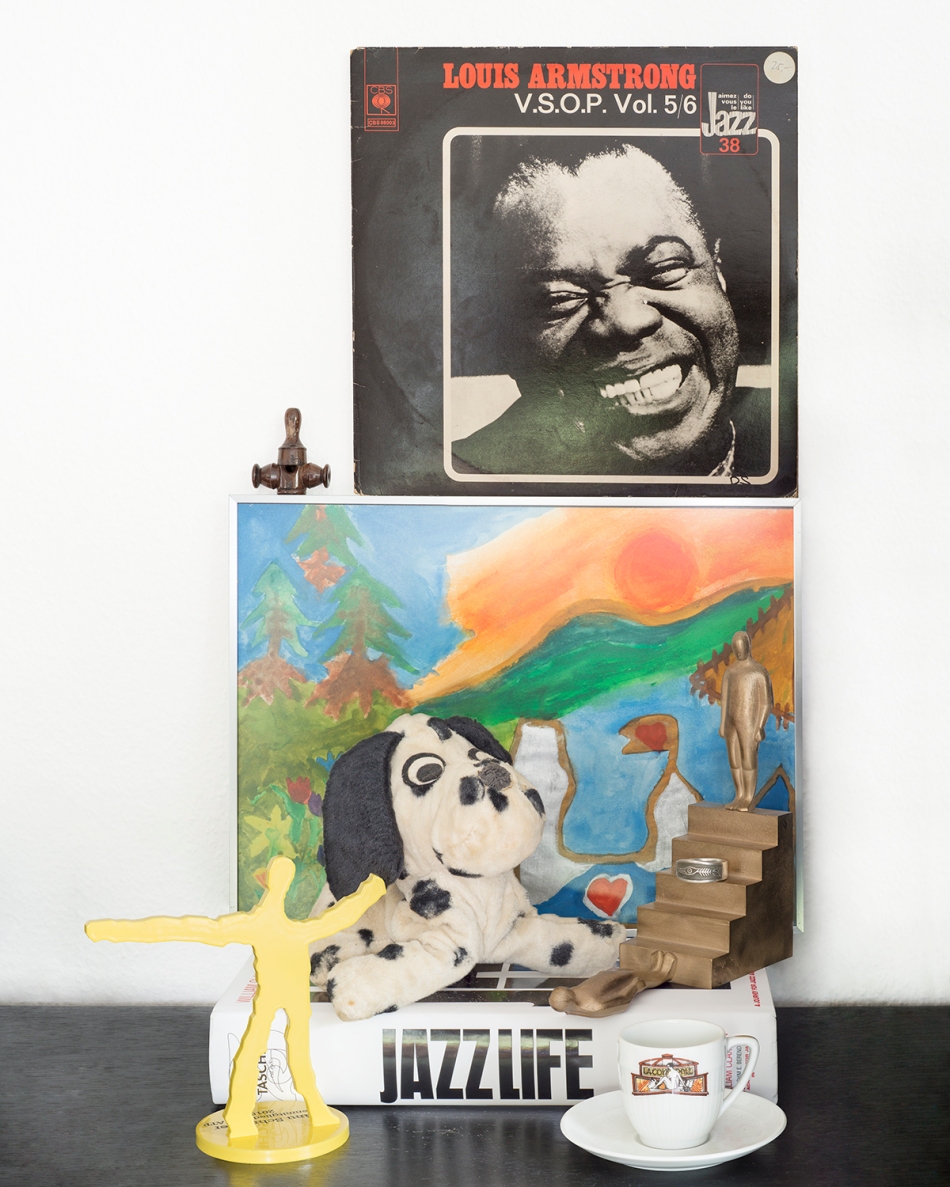
 Amy Khoshbin
Amy Khoshbin